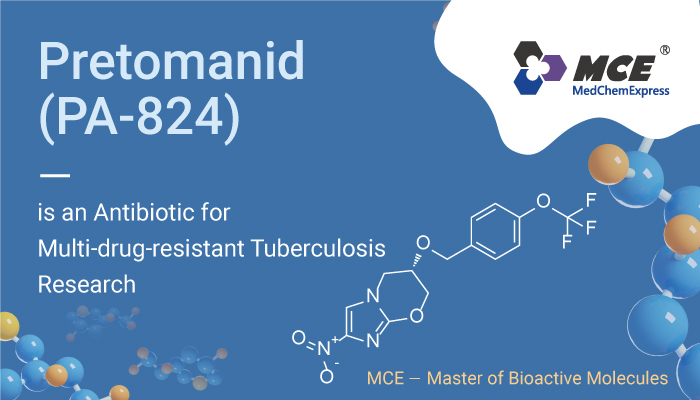In 2020, approximately 10 million people developed tuberculosis, resulting in over 1.5 million human deaths. Tuberculosis is a chronic, often lifelong disease, caused by infection with M.tuberculosis. Tuberculosis usually affects the lungs, but it can also affect other parts of the body, such as the brain, the kidneys, or the spine. Despite the development of a highly effective first-line treatment regimen, tuberculosis remains one of the top 10 causes of death worldwide and a leading cause of death by an infectious agent.
Latent and active forms of tuberculosis require treatment with antibiotics, such as isoniazid and rifampin. Antibiotics are a class of secondary metabolites produced from microorganisms, animals or plants. Some of them exhibit anti-bacterial, anti-fungal, anthelmintic, anti-tumor or immunosuppressive activities with a wealth of structural classes such as β-lactams, macrolide and polyether. Antibiotics such as penicillin, cephalosporin, streptomycin, and tetracycline can be used in the treatment of human and veterinary diseases. However, antibiotic resistance is also a growing threat to global public health.

Pretomanid (PA-824), a potent and orally avctive antimycobacterial agent.
Pretomanid is a antibiotic with both solid bactericidal and bacteriostatic effect, and with an excellent effectiveness and tolerability profile. Importantly, Pretomanid has activity against static M.tuberculosis isolates that survive under anaerobic conditions, with bactericidal activity comparable to that of the existing drug metronidazole. Pretomanid is a prodrug and needs activation by M.tuberculosis deazaflavin dependent-nitroreductase which transforms Pretomanid into three primary active metabolites. Pretomanid is active against replicating and non-replicating bacilli through two main mechanisms of action. 1) in aerobic conditions Pretomanid inhibits protein and lipid synthesis by a dose-dependent ability to decrease the availability of keto mycolic acids by an inadequate oxidative transformation of precursor hydroxymycolates. In anaerobic state, Pretomanid generates des-nitro metabolites and the release of nitric oxide. Therefore, Pretomanid is effective in pulmonary extensively drug resistant (XDR), or intolerant or nonresponsive multidrug-resistant (MDR) tuberculosis.
All in all, Pretomanid (PA-824), a potent and orally avctive antimycobacterial agent with both solid bactericidal and bacteriostatic effect, and with an excellent effectiveness and tolerability profile.
References:
[1] Krug S, et, al. mBio. 2023 Apr 25;14(2):e0349622.
[2] Occhineri S, et, al. Curr Res Pharmacol Drug Discov. 2022;3:100128.